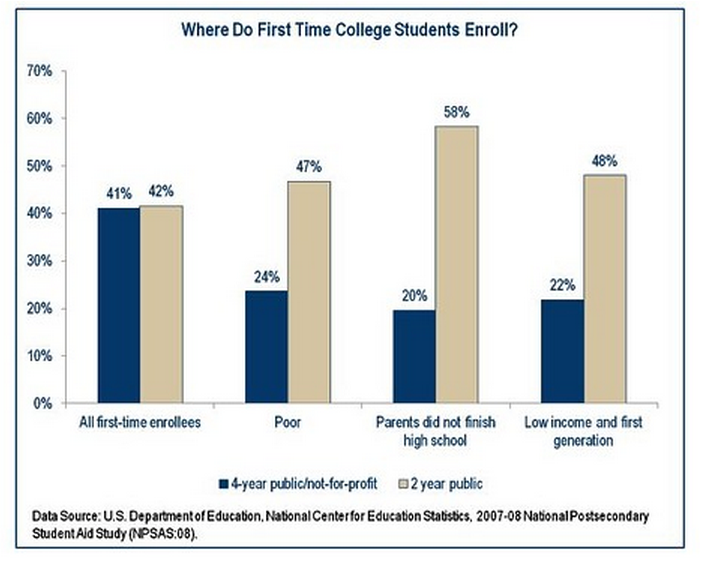The new 2015-2020 STCC
Student Success Plan found, not surprisingly, that the college's communication
could and should be improved.
“The most frequently
cited concern was a lack of effective communication among departments and with
our students. Faculty, staff, and students stated that not having access to
critical information at key times led to confusion, frustration and missed opportunities.
This issue is pervasive and at the heart of many issues presented in the
Student Success Plan.” (STCC Student Success Plan, page 3)
At many public
institutions of higher education, the majority of students work full or part
time and have families to support. For these individuals, time is precious as
they try to balance the competing demands of work, family and their studies.
They want information from the college “just in time”, that is to receive the information
when it is needed and useful. And they want college communication to be succinct,
simple and consistent.
In thinking about
communication with students, it is useful to divide the role of college
employees into two categories, recognizing that there may be overlap. In the first group are all college staff who
help students get to class prepared to learn.
Those include maintainers, counselors, advisors, financial aid staff,
the registrar, campus security, student accounts, - all staff and
administrators who are not classroom teachers. In the second group are the faculty, those who
are responsible for teaching and learning. The first group has to inform students
about a variety of items, for example parking, required immunizations,
admission criteria, scholarship applications, tuition and fees and a myriad of
other matters that a student has to resolve before going to class. The faculty’s
role, on the other hand, is to concentrate on instructing, mentoring and
evaluating student work. In simple terms, the first group’s mission is to
enable students to go to class ready to learn while the mission of the faculty,
the second group, is to guide instruction.
In our discussions on campus
we began to ponder the plethora of ways that we can communicate with students:
face to face, via telephone, regular mail, email, text messages, and the
various social media that include among others Facebook, Twitter, Linkedin,
Pinterest and Google Plus. We are in the state that the British novelist J. B. Priestly
warned us about decades ago, “The more we elaborate our means of communication,
the less we communicate.”
How do we choose among
these options? The first step is to rank
these methods of communication by effectiveness in giving students information
at a time that they will find it useful. Clearly, the best way of communicating
with students, with anyone, is face to face. In fact, all of our communication
is based on our experiences with direct in person communication. This is the way we learned to talk and
understand language. In fact, many studies have demonstrated that social
interaction and coaching by care-givers is a prerequisite for language acquisition.
If one accepts these premises, we should make face to face communication with
students, especially new students our primary means of communication about
orienting themselves to college. This
means that secondary means, especially electronic means, should play a distinctly
minor role.
The implications of this
simple analysis for education is, however, profound. If face to face communication is primary, we should
structure the college experience around this necessity. This means that staff should, as much as
possible, spend their time talking directly with students instead of doing
repetitive and routine clerical and bookkeeping tasks. It is this arena that
electronic media and devices can be helpful by freeing staff from such
drudgery. We should invest in electronic record systems to reduce the work of
staff enabling them to spend more time with students.
A corollary of the need
for direct communication with students both in and out of the classroom is that
education is expensive and is not subject to yields of greater productivity
from capital investment. Education
requires human interaction. The number
and quality of teachers and staff determines how well students are motivated
and coached and how likely they will succeed in completing their education.






